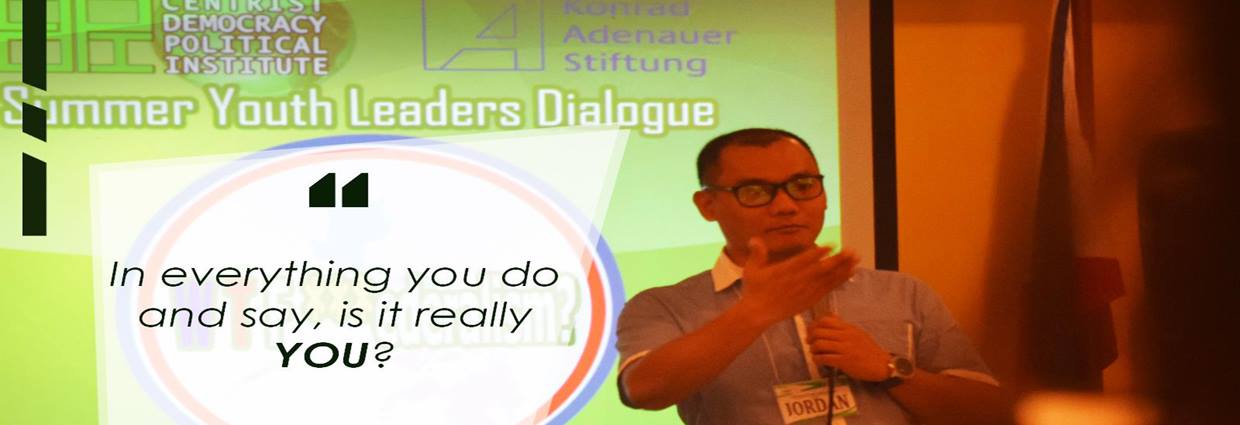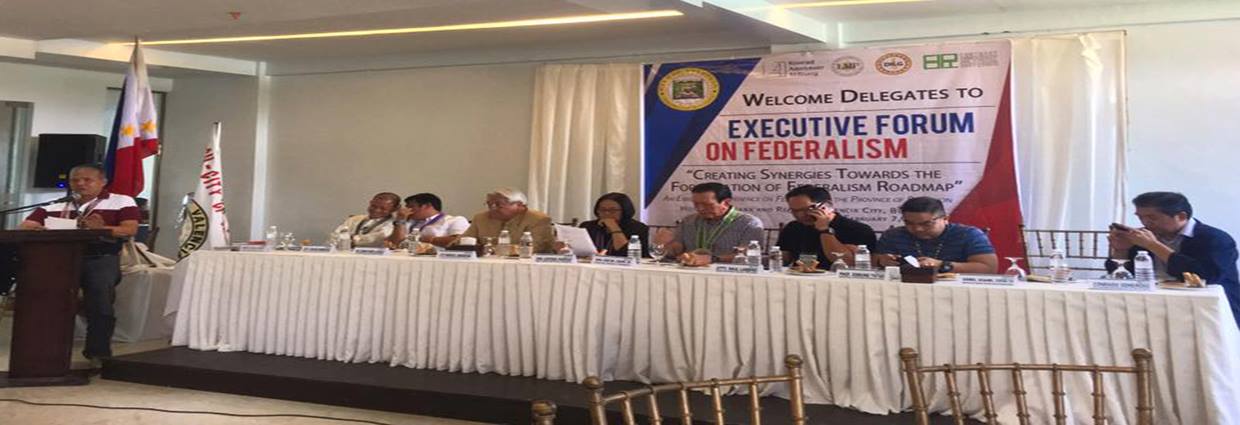IN foreign policy, peace-building is one of the most powerful tools a world leader can wield. Throughout his political career, Trump has repeatedly presented himself as a master dealmaker. He boasts about “ending seven wars in seven months,” claiming to have achieved what seasoned diplomats could not accomplish in years (Washington Post, Aug. 20, 2025). Whereupon he unabashedly asked Norway’s Finance Minister Jens Stoltenberg. “He wanted the Nobel prize — and to discuss tariffs” (The Guardian, Aug. 14, 2025).
A factual analysis beyond the political rhetoric to the nuanced realities of international relations reveals that while the Trump administration did engage in a number of diplomatic interventions, his claims are credit-grabbing overstatements. Now his fanatics soften this up, anointing him as a “closer” — a “palusot.” While recent diplomatic efforts have yielded ceasefires, these are in no way synonymous with permanent peace. They instead represent a series of strategic pauses in ongoing, deep-rooted conflicts.
To accurately assess these claims, we need to first establish a working definition of “war”; typically characterized by a large-scale, protracted armed conflict between sovereign states or organized armed groups, resulting in significant casualties and widespread destruction. Or in Carl Von Clausewitz’s dictum, “... merely an extension of diplomacy by other means”; one that the unlettered Donald may not be familiar with.
A ceasefire, by contrast, is a temporary suspension of fighting — a diplomatic de-escalation process of reducing the intensity of a dispute through negotiations and non-violent means. While these are all positive developments, they are different from “ending a war” by resolving its underlying causes. Trump’s typical foreign policy transactional approach sought to achieve immediate, high-profile results, but frequently overlooked the deep-seated historical, ethnic and geopolitical tensions that fuel these disputes. True to his DNA as a reality TV-bred star, form and optics are overarching, rather than substance.
By misinterpreting de-escalation with “peace,” his claims create powerful narratives that diverge from complex realities. In Calinan, we call this “nagkabuang-buang.”
India-Pakistan
A case in point involves the India-Pakistan conflict. Following a period of heightened tensions triggered by a deadly terrorist attack on tourists in Indian-controlled Kashmir on April 22, 2025, Indian missiles struck Pakistan on May 7, 2025, and dogfights ensued in a military campaign codenamed “Operation Sindoor.” A truce was subsequently secured with Trump claiming that he averted a “possible nuclear disaster.” While the US may have contributed to behind-the-scenes pressure, and Pakistan’s leadership at the time credited the United States’ role in brokering a truce, Trump did not “end the war.”
India publicly denied that the US played a direct mediating role in the ceasefire. The conflict was a brief military skirmish, not a sustained war. The ceasefire was a welcome de-escalation, but it did not resolve the decades-long fundamental issues that have plagued the two nuclear-armed nations — the territorial dispute over Kashmir.
Israel-Iran
Similarly, the short-lived but intense Israel-Iran conflict of June 2025 provides another case study of Trump’s chimeras. Israeli/US strikes on Iranian nuclear and military facilities and retaliatory missile and drone attacks from Iran were brought to a halt by a US-Qatari-mediated ceasefire.
However, the conflict’s end was also motivated by both sides’ strategic desire to avoid a prolonged, costly engagement. Israel was exhausted from Gaza and other conflicts, and Iran’s economy was already strained by sanctions. While the ceasefire halted the direct military exchanges, the underlying ideological and geopolitical tensions between the two countries remain. The proxy conflict, fought through Hezbollah and the Houthis, continues to simmer, proving that what was ended was a brief flare-up, not the decades-long state of animosity.
Ethiopia-Egypt
Trump’s claims are not limited to Asia and the Middle East. The dispute between Egypt and Ethiopia over the Grand Ethiopian Renaissance Dam (GERD) provides a clear example of how a persistent issue can be misrepresented as a resolved conflict. The GERD, a massive hydropower project on the Blue Nile, has long been a source of significant tension, with Egypt fearing it will reduce its vital water supply. During his first term, Trump attempted to mediate a deal, but negotiations stalled, and no binding peace accord was ever reached. His recent claim of helping to achieve “peace at least for now” over this issue is an overstatement of the situation, as the dispute continues and no binding agreement has been reached.
Thailand-Cambodia, Armenia-Azerbaijan
The pattern of conflating temporary truces with lasting peace extends to other, less prominent conflicts as well. Trump grabbed credit for resolving tensions between Thailand and Cambodia, and a recent agreement between Armenia and Azerbaijan. In the first instance, the conflict was a brief border skirmish that was de-escalated through diplomacy. In the latter, the agreement, while a positive step, only addresses a portion of the long-standing dispute over the Nagorno-Karabakh region.
Serbia-Kosovo, Rwanda-Democratic Republic of the Congo
These are often touted as “war-ending” successes. However, upon closer inspection, these are revealed to be fragile and incomplete. While the Congo-Rwanda agreement included important steps for disarming militias, the primary M23 rebel group, backed by Rwanda, has since rejected the terms of the agreement. The deal with Serbia and Kosovo, initially brokered in Trump’s first term, also remains incomplete, as the two nations still lack full diplomatic relations. This demonstrates the fragility of a deal made without the direct buy-in of all major parties to the conflict. These simply feature a critical distinction: an ongoing negotiation is different from an enduring peace.
It would be ridiculous to label “these wars ended.” These examples collectively highlight a key feature of Trump’s foreign policy rhetoric: the use of histrionic, simplified language to portray complex and ongoing geopolitical situations as definitive successes. This serves a clear political purpose, allowing him to present himself as a unique and effective global leader to his domestic audience — basically to his adoring MAGA punctuated by the dramatis personae in a White House dramaturgy.
Ukraine-Russia
The most telling example of the gap between political promise and geopolitical reality is the ongoing war in Ukraine. Despite Trump’s bold declarations to end the conflict in a matter of days, recent diplomatic efforts have yielded no breakthroughs. Following a high-profile summit in Alaska, no deal was reached. Yet MAGA foolishly trumpeted Putin’s flying into American territory as a triumph — and Putin’s humiliation. How to reconcile Trump’s “we like each other” visit to Kim Jong-un in 2019?
Ultimately, Trump’s insane claims could be a rhetorical strategy capitalizing on a universal desire for global stability; seeking to elevate temporary ceasefires and stalled negotiations to the level of monumental diplomatic achievements; perhaps underpinning his obsession for that coveted Nobel.
A ceasefire is not peace. True peace requires addressing the root causes of conflict—territorial disputes, ideological rifts, and resource scarcity — and securing the commitment of all parties involved, not just a temporary pause in violence. The language of diplomacy must be precise, and the public must be discerning enough to distinguish between a political slogan and the complex, arduous work of building true and enduring peace.
And therein lies the conundrum. Trump’s language has always been parochial, reflecting the best lights of his “basket of deplorables.” And as an echo chamber, directed toward them.
000











